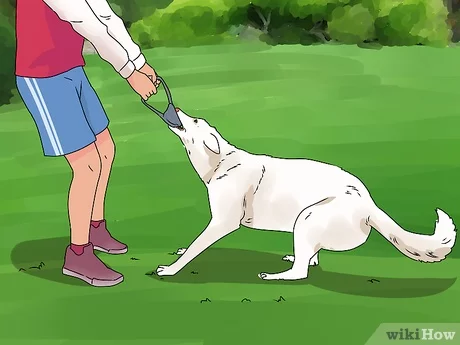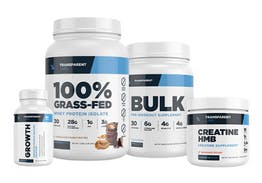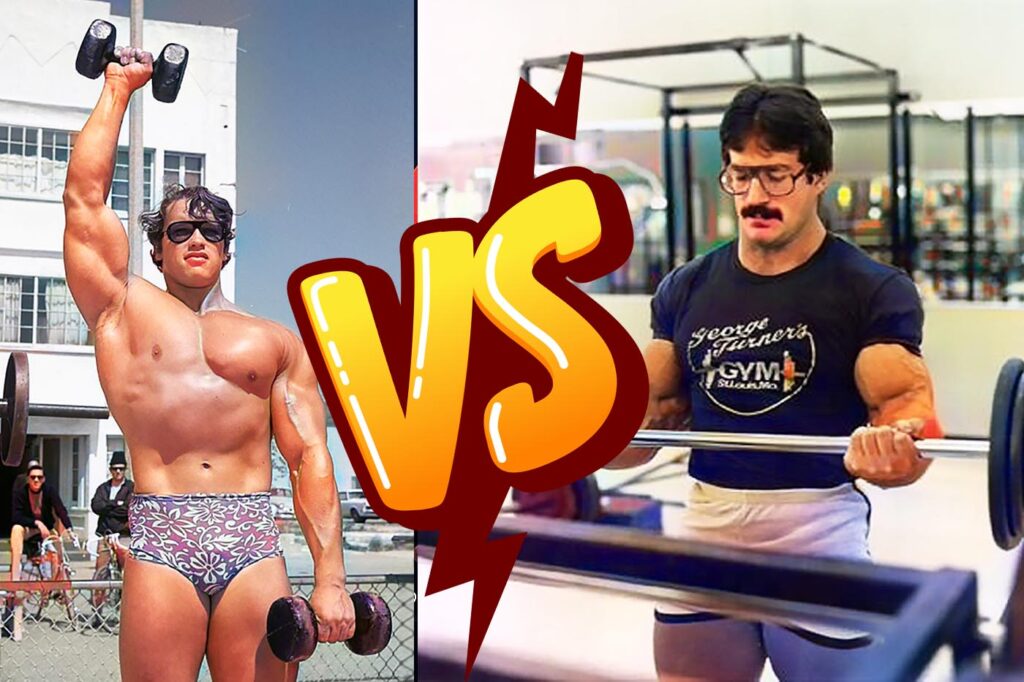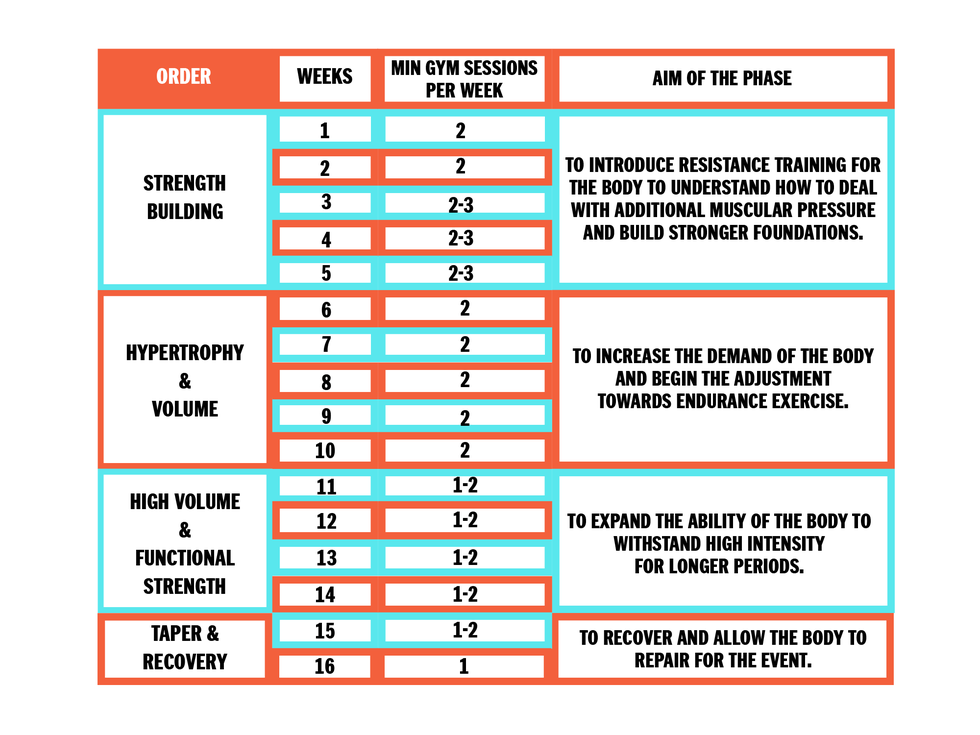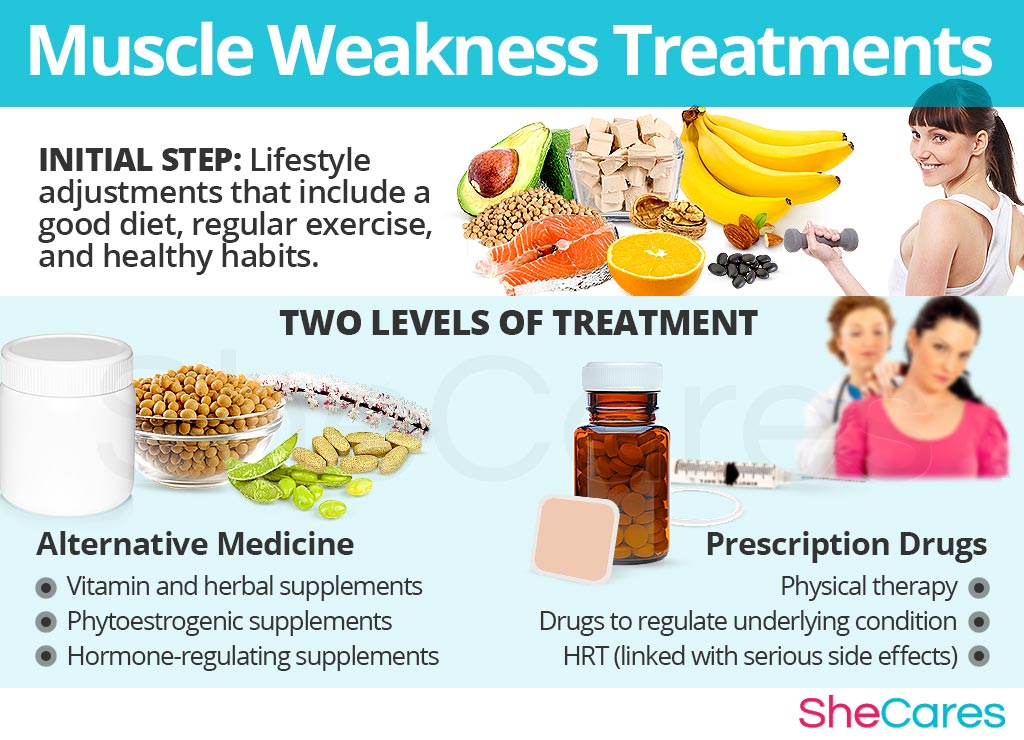To help a dog build muscle, provide a balanced diet rich in protein and engage in regular, varied exercise routines. Monitor progress and adjust as necessary.
Building muscle in dogs requires a combination of proper nutrition and consistent physical activity. Ensuring your dog receives a balanced diet with adequate protein is crucial for muscle growth and repair. Engage your dog in various exercises like walks, runs, and play sessions to work different muscle groups.
Strength training activities, such as climbing stairs or pulling weights, can also be beneficial. Regular vet check-ups will help monitor your dog’s progress and overall health. By providing the right diet and exercise, you can effectively help your dog build and maintain strong muscles.

Credit: shop.bullymax.com
Diet And Nutrition
Protein is essential for muscle growth. Chicken, beef, and fish are great choices. Eggs are also a good source. Try to include lean meats in your dog’s diet. Greek yogurt can be a tasty treat. Cottage cheese is another option. High-quality dog food often has enough protein. Always read the labels for protein content.
Supplements can support muscle growth. Fish oil is good for your dog’s health. Glucosamine can help with joint health. Creatine is also popular for muscle building. Always consult a vet before giving supplements. Too many supplements can harm your dog. Use them in moderation. Quality supplements ensure better results.
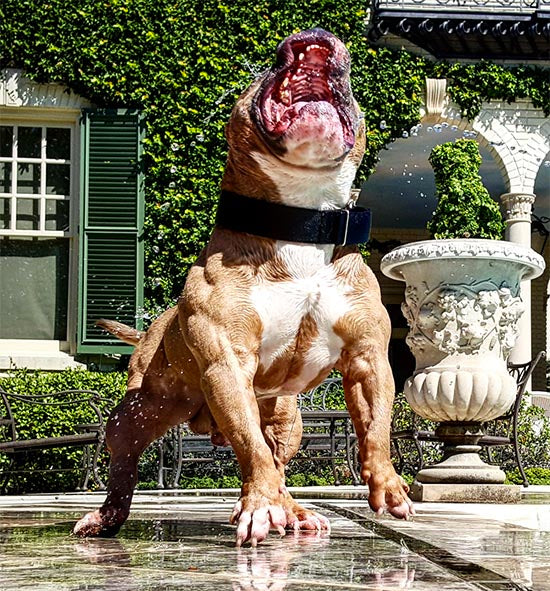
Credit: shop.bullymax.com
Exercise Routine
Daily walks are important for your dog’s health. A 30-minute walk each day helps build muscle strength. Walks also improve your dog’s heart health. Try to walk your dog in different places. This keeps your dog interested and engaged. Make sure to keep a steady pace. A brisk walk is better for muscle building.
Strength training is key for building muscle in dogs. Use resistance exercises to help your dog gain strength. You can use weighted vests or pulling exercises. These tools make your dog work harder. Try teaching your dog to pull a small cart. This can be fun and effective. Always supervise strength training sessions. Ensure your dog does not overdo it.
Strength Training
Build your dog’s muscle with structured strength training routines. Incorporate exercises like tug-of-war and uphill walks for effective results. Use balanced diets rich in protein to support muscle growth.
Weighted Vest
Use a weighted vest to help your dog build muscle. Start with a light weight to avoid injuries. Gradually increase the weight as your dog gets stronger. Ensure the vest fits snugly but is not too tight. Monitor your dog for any signs of discomfort. Always supervise your dog during training sessions. This will ensure safety and effectiveness.
Tug-of-war
Tug-of-war is a fun way to build your dog’s muscles. Use a strong, durable rope or toy. Let your dog pull and tug to strengthen their jaw and neck muscles. Make sure to play on a soft surface to avoid injuries. Always let your dog win sometimes to keep it fun. This game also helps improve your dog’s coordination and agility.
Agility Workouts
Obstacle courses are great for dogs. They help build muscles and improve coordination. Set up hurdles, tunnels, and weave poles. Make sure to keep the course fun and challenging. Reward your dog with treats for completing obstacles.
Playing fetch helps dogs build muscle. Use balls or frisbees to play. Throw the toy far to encourage your dog to run. Always use a safe space to play fetch. Avoid areas with traffic or sharp objects.
Swimming
Swimming offers a fantastic way for dogs to build muscle while having fun. This low-impact exercise strengthens muscles and improves cardiovascular health. Regular swimming sessions can enhance your dog’s overall fitness and agility.
Pool Exercises
Swimming is a fun way for dogs to exercise. Water resistance helps build muscle. Dogs can swim laps in the pool. Toss a toy and let them fetch it. Make sure to keep sessions short at first. Increase time gradually as they get stronger. Always praise your dog after each swim.
Safety Tips
Always supervise your dog near water. Use a doggy life jacket for extra safety. Start in the shallow end of the pool. Check the water temperature; it should not be too cold. Look out for signs of fatigue. Ensure your dog can exit the pool easily. Rinse your dog with fresh water after swimming. This removes chlorine or salt. Dry their ears to prevent infections.
Consistency
Dogs need a regular exercise schedule to build muscle. Exercise your dog at the same time each day. This helps their bodies get used to the routine. Consistent exercise will lead to better muscle growth. Ensure your dog has rest days to recover. Rest is as important as exercise for building muscle.
Keep track of your dog’s progress. This helps you see the results of your efforts. You can use a notebook or an app to record changes. Note down your dog’s weight, muscle mass, and energy levels. Regular check-ups with a vet are also important. The vet can help you ensure your dog is healthy and gaining muscle.
Rest And Recovery
Dogs need rest days to build muscle. Muscles grow during rest, not exercise. Schedule rest days after intense workouts. This gives muscles time to heal and grow. Rest days prevent injuries and muscle strain. Ensure your dog has a cozy place to relax. A comfy bed helps muscles recover faster. Avoid strenuous activities on rest days. Gentle walks are fine but keep them short.
Massage therapy can aid muscle recovery. It increases blood flow to the muscles. This helps in delivering nutrients and oxygen. Gently rub your dog’s muscles in circular motions. Focus on areas that feel tight. Massage can reduce muscle soreness and improve flexibility. Regular massages make muscles stronger over time. Consult a vet for professional advice. They can show you the right techniques.
Consulting A Vet
Regular health checkups are very important for your dog. The vet will look for any health issues. This ensures your dog is fit and ready for muscle-building activities. The vet might suggest specific diet changes or exercises. Always follow the vet’s advice for the best results.
Professional advice from a vet is crucial. They know how to build muscle safely. They may recommend supplements that help muscle growth. They can also provide a custom exercise plan. This plan will suit your dog’s needs and abilities. Always consult a vet before starting new activities.

Credit: www.wikihow.com
Frequently Asked Questions
How Can I Help My Dog Gain Muscle?
To help your dog gain muscle, provide a high-protein diet and regular exercise. Include strength training activities like tug-of-war and uphill walks. Consult your vet for personalized advice.
What Foods Build Muscle In Dogs?
Lean meats, fish, and eggs are excellent for building muscle in dogs. These foods are rich in protein and essential nutrients. Consider high-quality commercial dog foods specifically designed for muscle development.
How Often Should My Dog Exercise?
Your dog should exercise daily for at least 30 minutes to one hour. Mix cardio activities like running with strength-training exercises for best results. Always tailor exercise routines to your dog’s breed and health.
Can Supplements Help My Dog Build Muscle?
Yes, supplements like fish oil and glucosamine can support muscle growth. Always consult your vet before adding any supplement to your dog’s diet to ensure safety and effectiveness.
Conclusion
Helping your dog build muscle takes time, patience, and the right approach. Focus on balanced nutrition, regular exercise, and proper rest. Consult a vet for personalized advice. With consistent effort, your dog will become stronger and healthier. Remember, a happy dog is a fit dog.
Keep monitoring progress and adjust plans as needed.

